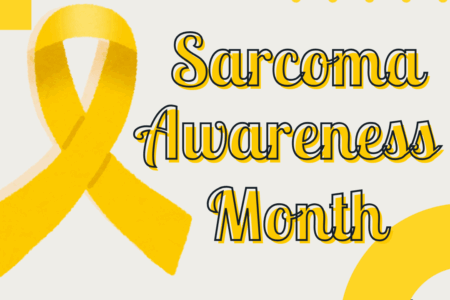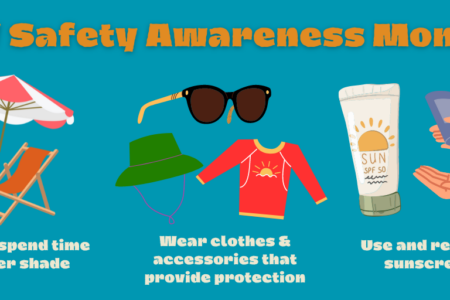
Share On Social!
Latinos are the largest ethnic and racial minority group in the country and their numbers are rapidly growing. They are expected to grow from 1 in 6 people today to 1 in 4 by 2035 and 1 in 3 by 2060.
Despite their prevalence in the country, Latinos suffer vast differences in health conditions compared to whites. These health disparities are often rooted in social disadvantage. Health inequities are found in several often unavoidable areas, including housing segregation, access to care, income, and educational attainment.
Latino children currently make up roughly 25% of all children in the United States. Given this substantial number, how they fare academically will have a massive impact on the social and economic well-being of the country as a whole for generations to come.
According to a study by the National Research Center on Hispanic Children & Families, 5.7 million Latino children, or one third of all Latino children in the country, live in poverty. This is more than in any other racial/ethnic group.
While Latino families have many strengths, they face many challenges as well. One area of concern in particular is the well-documented gap in academic achievement between Latino children and their non-Latino peers.
Nearly two thirds of Latino kids live in low-income families and they also have lower rates of participation in many government support programs – especially immigrant Latino families — when compared with other minority groups.
In order to reduce health disparities, it is critical to address inequities in programs, practices, and policies. Join our site, connect with others, and get involved.
As part of their research, the Center looked at the participation in publicly funded Early Care and Education (ECE) programs by Latino families in Chicago.
The researchers found that by early elementary school, Hispanic children score substantially lower than do their non-Hispanic white peers on assessments of reading and mathematics. This gap in educational attainment at such an early age often has drastic ramifications well into adulthood.
When it comes to participating in publicly funded ECE programs, these can significantly reduce those achievement gaps. However, many Latino families are unaware of such resources. Research has shown that Latino families enroll in these programs at significantly lower numbers than other groups.
In 2013, 44% of all 3- and 4-year-old Latino kids in the U.S. were enrolled in part- or full-day preschool programs; this compares to 56% of non-Hispanic black and 57% of white children.
However, according to the research, there are some positive takeaways from the situation that point to the situation trending in an upward manner. In the Chicago study, more than 4 out of 5 low-income Latino participated in some form of publicly funded center-based or home-based ECE in the 2 years before they entered kindergarten.
Also, among Latino kids, the rate of participation in publicly funded ECE programs varied by family “type.” It was higher for Hispanic children from households in which Spanish was spoken than for Latino children from non-Spanish-speaking households.
Read the full report here.
Read stories similar to this one:
- Latino boys come from stable homes, lag behind in preschool report finds. #SaludAmerica #HealthEquity https://goo.gl/t7TISq
- Lack of rural affordable housing is a problem; @SmartGrowthUSA has a solution. #SaludAmerica #HealthEquity https://goo.gl/SJx7bl
Explore More:
Healthy Families & SchoolsBy The Numbers
142
Percent
Expected rise in Latino cancer cases in coming years



